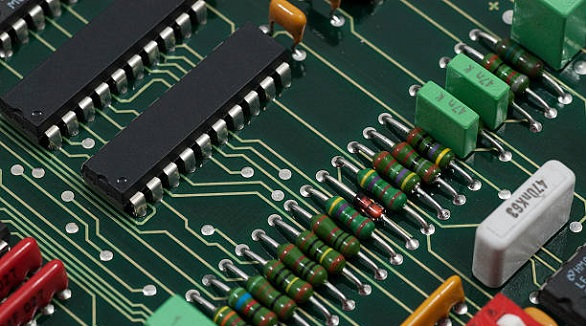PCBX.com Resources
Your source for industry knowledge, news, and expert insights

Latest Posts
Article

Understanding electrical schematics is essential for electronics professionals, as it connects design, testing, and production processes, facilitating effective PCB implementation.

PCB panelization improves productivity, reduces costs, and facilitates automation by assembling several smaller PCBs into one large panel, ensuring uniformity.

PCB routing is crucial for transforming schematics into functional layouts by ensuring electrical connectivity, signal integrity, and manufacturability amidst evolving design challenges.

The LCD PCB interface is crucial for efficient, reliable displays, connecting control circuits to the display and impacting device performance and user experience.

Thermocouples are essential transducers that convert heat into electrical voltage, requiring no external power, and are integral in accurate temperature measurement within modern PCB design.

Prototype PCBs are essential for testing designs affordably and quickly, ensuring compatibility with modern tech. Effective documentation and design are crucial.

PCB tombstoning, caused by uneven soldering due to factors like pad design and component placement, disrupts circuits but can be mitigated through precise control and optimization.

PCB tolerances ensure PCB reliability and performance by managing allowable variations in dimensions and materials, crucial for manufacturability and quality.